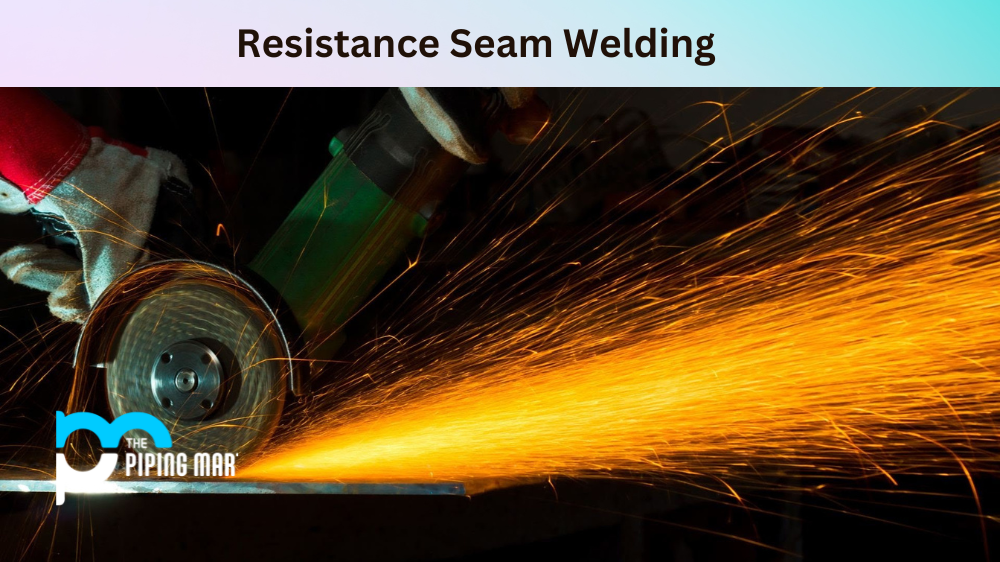As a technical expert in the valve industry, I receive frequent customer queries about the differences between slab gate valves and wedge gate valves. It is a common question, yet not easy to answer in layperson’s terms. There are multiple differences between these two kinds of gate valves that may impact the performance of your equipment. Hence, in this blog post, I will explain the differences between slab gate valves and wedge gate valves, considering factors such as design, materials, function, and application. So, let’s dive in!
What is Slab Gate Valve?
Slab gate valves are flow control systems widely used in the oil and gas industry. They feature a flat or rectangular closure element that slides into the flow stream to prevent, regulate or shut off the fluid pressure in pipelines. These valves are designed for maximum efficiency, safety, and reliability making them an efficient choice for industrial applications.
What is Wedge Gate Valve?
A Wedge Gate Valve is a type of flow-control device used to regulate the amount of fluid flowing through a pipeline. It consists of a wedge-shaped piece, which is usually made from metal or plastic and positioned between two parallel plates. When the valve is opened or closed, the wedge moves up and down, allowing or blocking the flow of fluid accordingly. This mechanism makes it ideal for controlling small amounts of liquid or gas in industrial and domestic settings.
Difference Between Slab Gate Valve and Wedge Gate Valve
Design:
Their design is the primary difference between slab gate valves and wedge gate valves. In slab gate valves, the closure element is a flat gate, while in wedge gate valves, the closure element is a tapered gate that fits tightly between two inclined seats. Slab gate valves offer metal-to-metal sealing, where the gate presses against the seats to form a tight seal. Wedge gate valves, on the other hand, use flexible gate pressure against the upstream seat to enhance sealing.
Material:
Another difference between slab and wedge gate valves is the materials used. Slab gate valves are commonly used in oil and gas industries to control the flow of abrasive and corrosive fluids. Depending on the flow media, they can be made of different types of metals, including carbon steel, stainless steel, and nickel alloys. Wedge gate valves can also be made of different materials, but they are usually installed in water, steam, and gas applications.
Function:
Slab gate valves and wedge gate valves perform similar functions, but they are designed for different applications. Slab gate valves are primarily used in upstream oil and gas applications where they can withstand high pressure and temperatures. They offer excellent isolation capabilities to isolate downstream pipelines from the upstream flow. Conversely, wedge gate valves are commonly used in midstream and downstream oil and gas operations. They offer bidirectional shutoff capabilities and are more commonly used in high-pressure applications.
Application:
There are also differences in applying slab gate valves and wedge gate valves. Slab gate valves are widely used in underground pipelines, high-pressure oil and gas production wells, and offshore drilling platforms. They are heavier, bulkier, and more robust to handle the high-pressure flow of abrasive and corrosive media. Wedge gate valves, on the other hand, are used in refinery and chemical processing plants, liquid pipelines, and conventional drilling.
Maintenance:
Maintenance is also a factor that differentiates slab gate valves and wedge gate valves. Slab gate valves require regular maintenance due to the potential of debris accumulation on the flat gate surface. This can cause the valve to become stuck or not seal properly. Wedge gate valves, however, require lower maintenance as the flexible gate conforms to the seats and eliminates any debris accumulation.
Conclusion:
In summary, slab gate valves and wedge gate valves may appear similar in functionality at first glance, but they have significant differences in design, materials, functions, applications, and maintenance. The choice between these two types of gate valves should be based on the specific application and operating conditions. Feel free to contact us if you have any questions regarding the differences between the slab gate valve and wedge gate valve; we will be happy to assist you.

Pipingmart is a B2B portal that specializes in metal, industrial and piping items. Additionally, we share the latest information and information about materials, products and various types of grades to assist businesses that are involved in this business.




